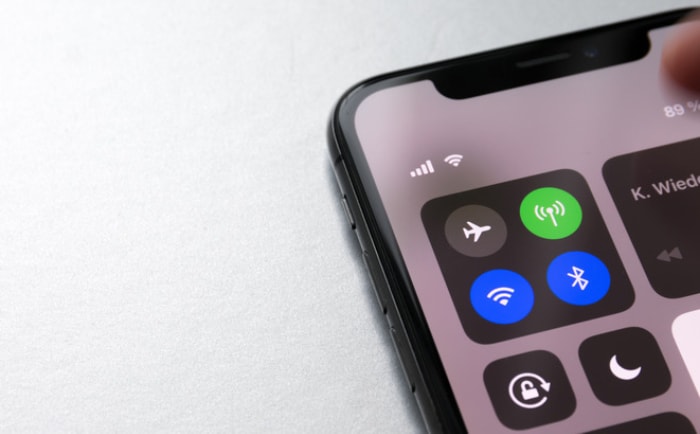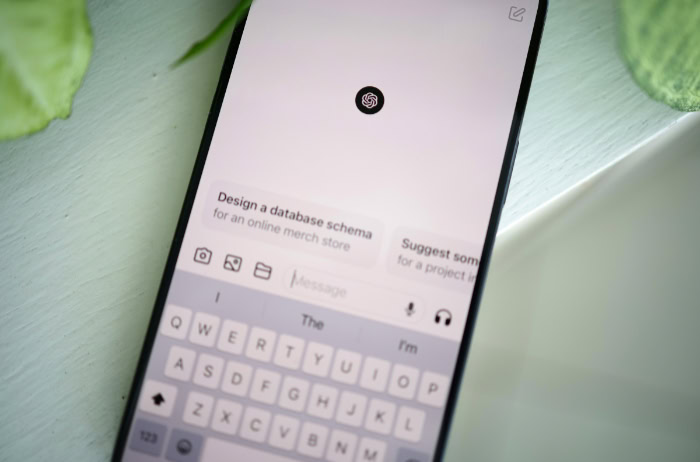What Is Contactless Payment? How a Simple Tap Works
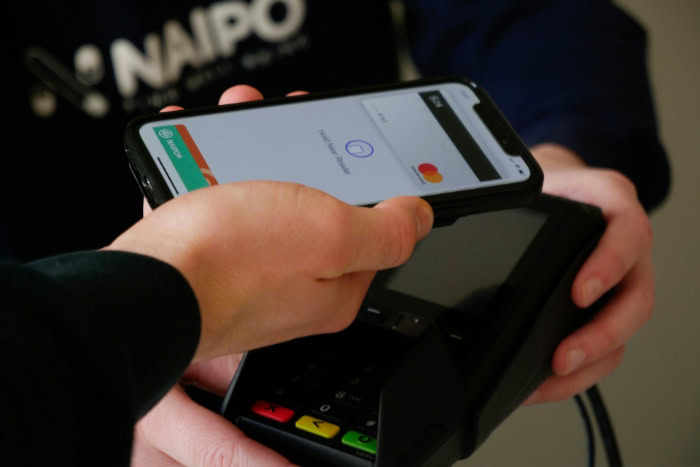
A simple tap of a card, phone, or watch now finalizes purchases in seconds, streamlining the checkout experience with impressive speed and convenience. This method, known as contactless payment, has become a standard for transactions globally, from retail stores to public transit.
While its ease of use is apparent, the technology that makes it possible involves sophisticated security measures to protect financial information. We will explain how these payments function, detail the security protocols like tokenization that keep data safe, and outline the costs and considerations for both consumers and merchants.
Definition and Scope
A contactless payment is defined by the method used to transmit payment information, which requires no physical insertion or swiping. This category encompasses a variety of devices and technologies that all share the ability to communicate wirelessly with a payment terminal at close range.
The scope extends from specially equipped cards to mobile devices and wearables, each leveraging the same fundamental principles of secure, short-distance data exchange.
What Qualifies as Contactless
A transaction is considered contactless when payment credentials are exchanged without direct physical contact with the point-of-sale system. It stands apart from traditional magnetic stripe payments, which require a card to be swiped through a reader, and from chip-and-PIN transactions, which necessitate inserting the card into a terminal.
Instead of a swipe or insertion, a contactless payment is completed by simply tapping or holding the payment device near a compatible reader, initiating a secure and rapid data transfer.
Underlying Technologies
The functionality behind these payments is enabled by short-range wireless technologies, primarily NFC (Near Field Communication). NFC is a subset of RFID (Radio-Frequency Identification) technology, designed specifically for secure, two-way interactions over a very short distance, typically less than four inches.
This proximity requirement is an inherent security feature, preventing accidental payments or unauthorized data interception from a distance. To signal compatibility, merchants and card issuers use a standardized contactless acceptance symbol, depicted as four curved lines of increasing size, which appears on both payment terminals and cards.
Forms of Contactless Payment
Consumers can make contactless payments through several different methods. The most common form is a physical tap-to-pay credit or debit card containing an embedded antenna and chip that communicates via NFC.
Another widely adopted method is the use of mobile wallets, such as Google Pay or Apple Pay, which allow a smartphone to securely store payment information and emulate a card at an NFC-enabled terminal. Payments can also be made with wearables like smartwatches or fitness bands that are equipped with NFC technology.
In some global markets, QR codes serve a similar purpose, allowing users to initiate a transaction by scanning a code with their smartphone’s camera, although the mechanism operates differently from NFC-based systems.
How It Works
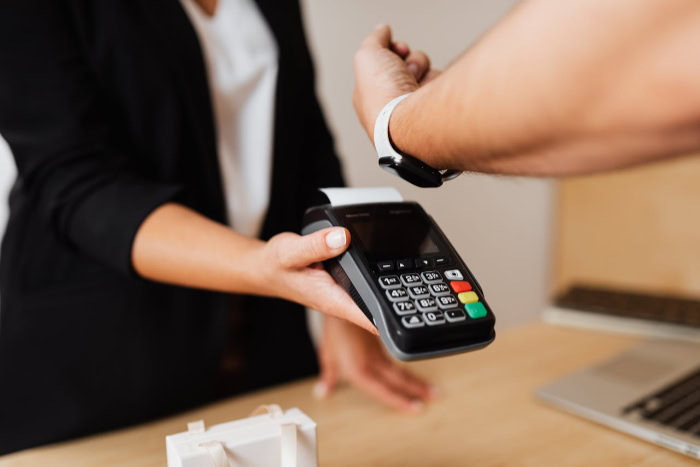
The mechanics behind a contactless transaction involve a rapid, secure exchange of information between a payment device and a terminal. In the few seconds it takes to complete a tap-to-pay purchase, data is encrypted, transmitted, and authorized through a multi-step process.
The specific handling of this data and the connectivity requirements can vary depending on the payment method used.
Transaction Flow
The transaction begins when a consumer holds a contactless card, smartphone, or wearable device near an enabled payment terminal. The terminal’s NFC reader emits a short-range radio field that powers the chip in the payment device and prompts it to share payment information.
The device responds by sending encrypted data, including account details and a one-time security code, to the terminal. From there, the terminal forwards the information through the merchant’s payment processor to the relevant card network.
The network routes the request to the cardholder’s issuing bank, which verifies the details, checks for sufficient funds, and approves or declines the transaction. The decision is sent back through the same channels to the merchant’s terminal, typically confirming the payment in a matter of seconds.
Data Handling
How payment information is protected during a transaction differs between physical cards and mobile wallets. A physical contactless card transmits the card’s PAN (Primary Account Number) along with a dynamic cryptogram that is unique to that specific transaction, preventing the captured data from being used for subsequent fraudulent purchases.
Mobile wallets, on the other hand, employ tokenization for enhanced security. Instead of the actual PAN, a mobile device stores and transmits a substitute value known as a DPAN (Device Primary Account Number) or token.
This token, paired with a transaction-specific cryptogram, is sent to the terminal. Because the actual card number is never exposed to the merchant, tokenization significantly minimizes the risk of data compromise.
Connectivity
Most contactless payments depend on an active internet connection for real-time authorization. The payment terminal must communicate with the issuer’s systems to validate the transaction before it can be finalized.
This online authorization is the standard for retail environments, ensuring that each payment is approved at the moment of sale. However, certain situations, such as paying for public transit, may permit offline transactions below a specified value to prioritize speed and throughput.
In these cases, the terminal stores the transaction data securely and processes it later in a batch. Cloud-based payment models, often used by mobile wallets, may have limitations in offline settings, as they sometimes require a connection to generate the necessary security credentials for a transaction.
Security and Privacy
Contactless payments are designed with multiple layers of security to protect financial information and ensure user privacy. From the moment a transaction is initiated, advanced cryptographic methods and device-specific safeguards work together to prevent fraud.
The security architecture relies on a combination of data protection techniques, authentication measures, and industry-wide monitoring.
Tokenization and Dynamic Cryptograms
A fundamental security measure in many contactless payments is the use of tokenization and dynamic cryptograms to protect the underlying card details. When a card is added to a mobile wallet, its primary account number is replaced with a unique digital identifier known as a token or Device Primary Account Number (DPAN).
During a transaction, it is this token, not the actual card number, that is transmitted to the payment terminal. Furthermore, each purchase is authorized with a one-time security code, or cryptogram, that is only valid for that specific transaction.
This combination ensures that even if the data were intercepted, it would be useless for making fraudulent purchases, as the sensitive card number is never exposed.
Device-Level Protections and Biometrics
Mobile wallets on smartphones and wearables introduce an additional layer of robust security through the device’s native operating system. Before a payment can be initiated from a mobile device, the user typically must authenticate their identity.
This verification step requires the use of the device’s screen lock method, which could be a PIN, a password, a fingerprint scan, or facial recognition. This process ensures that even if the device is lost or stolen, an unauthorized person cannot access the mobile wallet to make payments.
The requirement for biometric or passcode verification links the transaction directly to the authorized user, adding a significant safeguard not present with a physical card alone.
Risk Perceptions vs. Realities
While some users may worry about the potential for criminals to “skim” card information wirelessly from a pocket or bag, the realities of the technology make such scenarios highly improbable. The NFC protocol requires a payment device to be held within a few inches of the terminal, making it extremely difficult for data to be intercepted from a distance.
Furthermore, the encrypted data transmitted during a transaction is protected by the one-time cryptogram, rendering it useless for creating counterfeit cards or fraudulent online purchases. Beyond these technical protections, card issuers and payment networks employ sophisticated fraud detection systems that monitor for unusual activity.
In the event that a fraudulent transaction does occur, consumers are generally protected by zero-liability policies, which limit their financial responsibility for unauthorized charges.
Acceptance and Use Cases
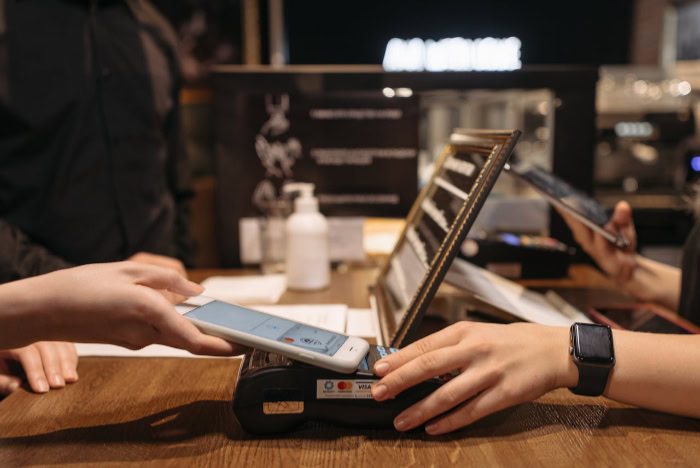
The adoption of contactless payments has expanded far beyond traditional retail, becoming a common feature in many daily activities. Its convenience and speed have driven acceptance across various sectors, from transit systems to restaurants.
For both consumers and businesses, knowing where to use it, how to identify compatible systems, and what is needed to offer it are important aspects of its practical application.
Where It’s Accepted
Contactless payments are now widely available in a multitude of settings. At retail checkout counters, tapping to pay has become a standard option in grocery stores, pharmacies, and department stores, helping to speed up lines.
Public transit networks in major cities have integrated contactless systems, allowing commuters to pay fares directly at the gate with a card or phone instead of a dedicated transit pass. Restaurants also utilize the technology, sometimes with portable terminals brought to the table for customer convenience.
Additionally, unattended environments such as vending machines, parking meters, and laundromats frequently offer contactless options, providing a simple way to pay without needing exact change.
Recognizing Acceptance
Consumers can easily identify where contactless payments are accepted by looking for a specific universal symbol. This emblem, consisting of four curved, radiating lines, is displayed prominently on payment terminals that are equipped with NFC readers.
The same symbol is also printed on credit and debit cards that have contactless capabilities. When a customer sees this symbol on both their card and the merchant’s terminal, it signals that a tap-to-pay transaction is possible.
Its standardized design ensures immediate recognition for users around the world, removing any guesswork at the point of sale.
Merchant Enablement
For merchants to accept these types of payments, they must have the appropriate hardware. The primary requirement is a point-of-sale terminal equipped with an NFC reader that can wirelessly communicate with contactless cards and mobile devices.
Most modern payment terminals now include this functionality as a standard feature. More recently, new software-based solutions have emerged that allow merchants to accept contactless payments directly on their smartphones without any additional hardware.
This “tap-to-pay on phone” technology transforms a commercial off-the-shelf mobile device into a fully functional payment terminal, making it easier for small businesses, independent contractors, and mobile vendors to offer the convenience of contactless transactions.
Costs, Limits, and Policies
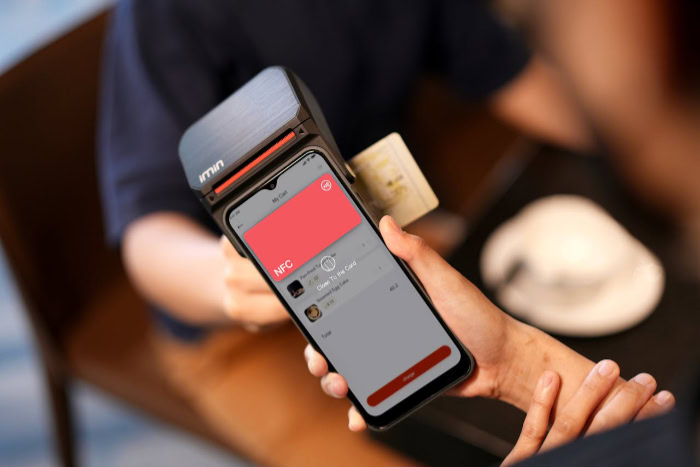
The framework supporting contactless payments includes a variety of rules, costs, and standards that govern their use for both consumers and businesses. These policies are designed to balance convenience with security and ensure a consistent experience across different markets and payment systems.
Merchants must also weigh the initial investment and operational costs against the potential gains in efficiency and customer satisfaction.
Transaction Limits and Cardholder Verification Thresholds
To mitigate fraud risk on lost or stolen cards, payment networks and national regulators establish transaction limits for contactless payments made with a physical card. These limits, often referred to as cardholder verification method (CVM) thresholds, define the maximum amount that can be spent in a single tap before the user is required to enter a PIN or provide a signature.
The specific amount varies significantly by country and market conditions. In contrast, payments made through mobile wallets often bypass these transaction limits.
Because the user authenticates themselves on their device using a biometric marker or passcode, the transaction is considered more secure, allowing for higher-value purchases without an additional verification step at the terminal.
Merchant Considerations
For a merchant, accepting contactless payments involves several considerations, beginning with hardware. Businesses must invest in payment terminals that are equipped with NFC technology, although most modern devices now include this feature standard.
The processing fees associated with contactless transactions are typically in line with those for other card-present payments and are determined by the merchant’s agreement with their payment processor. While there are initial costs, merchants often see significant operational benefits.
The speed of contactless transactions can reduce customer wait times, improve throughput during peak hours, and enhance the overall checkout experience. The method also reduces cash handling and the potential for errors associated with manual entry.
Standards and Compliance
The global interoperability and security of contactless payments are upheld by a set of technical and operational standards. The foundational specifications are managed by EMVCo, an organization that develops and maintains the EMV standards used for chip cards and contactless payments worldwide.
These standards ensure that cards, terminals, and mobile devices can communicate securely and reliably. Other bodies, such as the European Payments Council (EPC) and the GSMA, play roles in defining rules and guidelines for payment systems and mobile-based services within their respective domains.
Adherence to these standards is a requirement for merchants, financial institutions, and technology providers to ensure they meet their security and regulatory obligations.
Conclusion
Contactless payment represents a significant advancement in how transactions are conducted, defined by its wireless, tap-to-go nature. The underlying mechanics rely on NFC technology to facilitate a rapid and secure data exchange between a payment device and a terminal.
This process is fortified by robust safety measures, including tokenization which masks actual card numbers and dynamic cryptograms that protect each individual purchase. For both users and businesses, practical adoption involves recognizing the universal acceptance symbol, being aware of transaction limits on physical cards, and understanding the hardware required to support these payments.
Ultimately, the system provides a clear framework of usage and responsibility. Consumers have access to a convenient and secure method of payment through cards, phones, and wearables, with built-in protections like biometric authentication on mobile devices.
Merchants, in turn, can improve operational efficiency and customer satisfaction by adopting NFC-enabled terminals or software-based solutions. Their responsibility includes maintaining compliant systems that adhere to global EMV standards and managing the associated processing arrangements.
The result is a payment method that effectively balances speed, convenience, and security for all participants.

